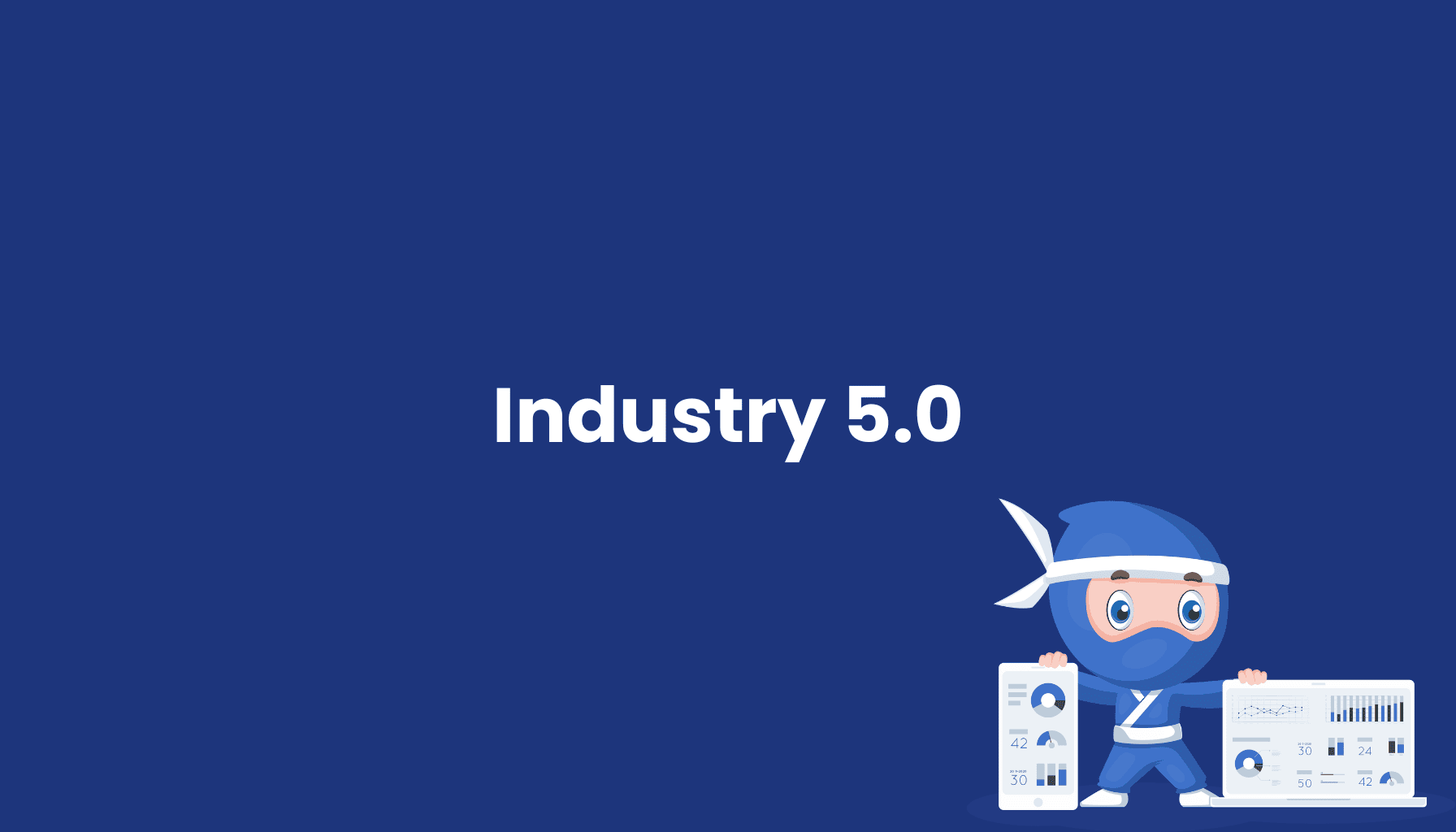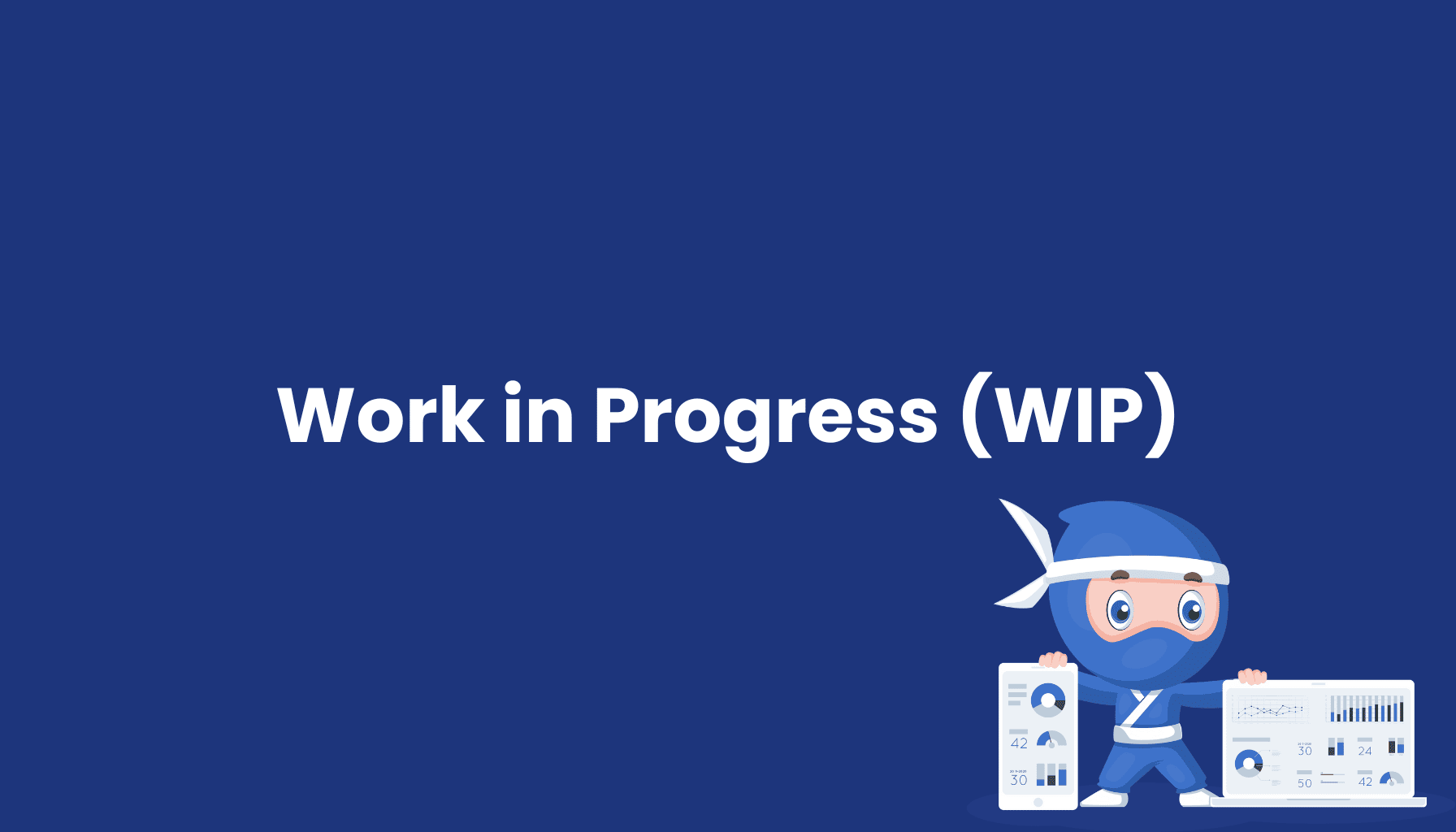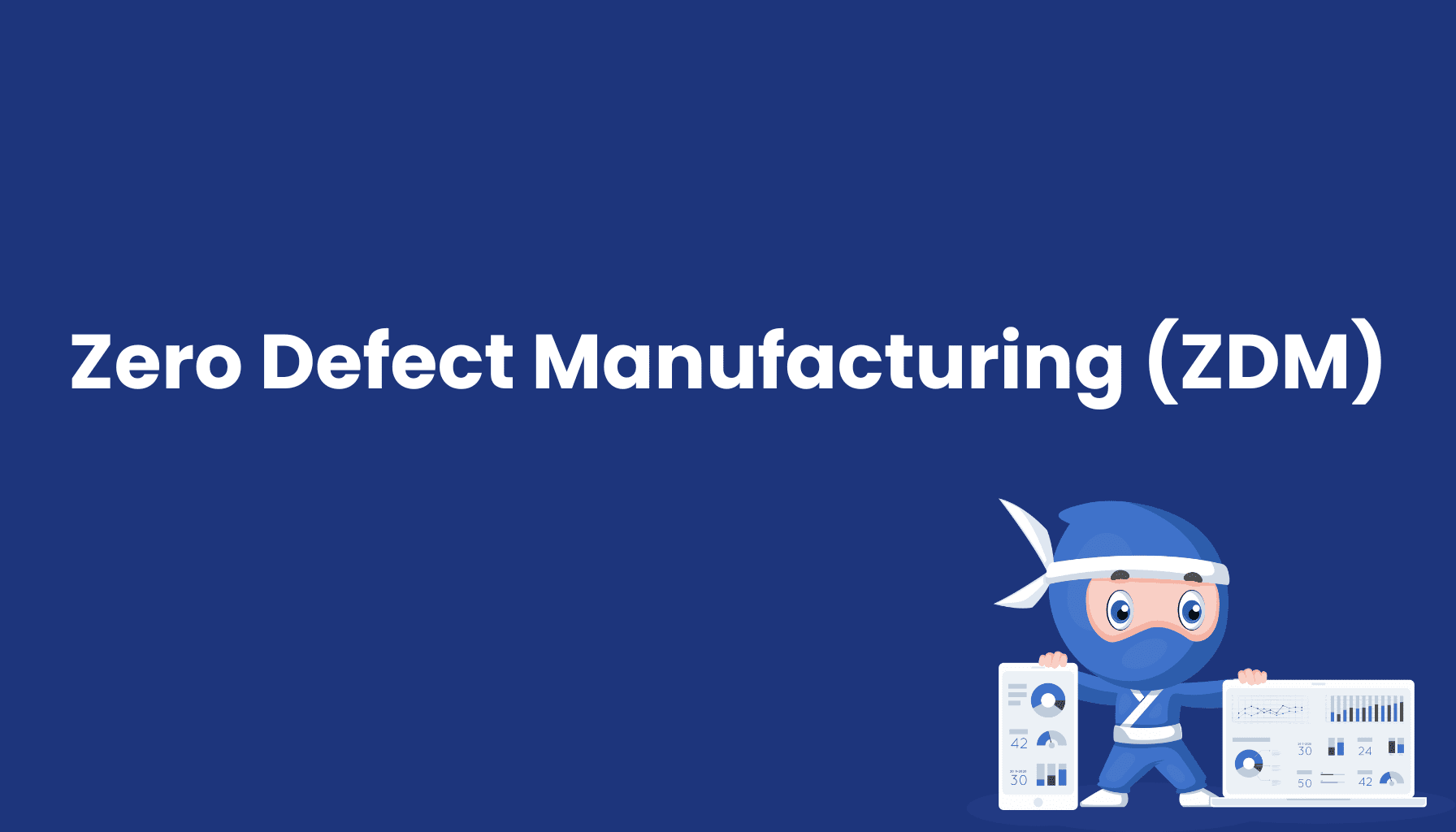Dashboard

What Is a Dashboard?
A dashboard is a graphical representation of data and information that allows users to gain insights into key business or performance metrics at a glance. It serves as a visual tool to summarize and display data from various sources, helping decision-makers analyze trends, monitor performance indicators, and identify issues or opportunities. Dashboards are essential in the modern business world, as they transform complex data into easily understandable visual formats, significantly aiding the decision-making process.
Key Features of a Dashboard
An effective dashboard is characterized by several key features that make it a valuable tool for businesses:
-
Visual Elements: Dashboards use graphics, charts, maps, and other visual elements to present data in a clear and engaging way. These visualizations help users quickly identify patterns and trends that might be difficult to discern from raw numbers alone.
-
Customizable Views: A good dashboard offers customizable views, allowing users to select relevant data sources and tailor the layout to meet their specific needs. This ensures a personalized display of the most critical information.
-
Real-Time Data: Dashboards that incorporate real-time data ensure that users always have the most up-to-date information available. This is particularly important in dynamic business environments where decisions need to be based on the latest data.
-
Interactive Features: Modern dashboards offer interactive features like filters, drill-down options, and customizable views. These tools enable users to explore the data more deeply, answer specific questions, and gain detailed insights.
Applications of Dashboards
Dashboards are used across various sectors and industries because they offer an efficient way to organize and analyze complex data:
-
Executive Management: Executives use dashboards to maintain an overview of the company’s overall performance, from financial metrics to operational KPIs.
-
Marketing: In marketing, dashboards help measure campaign success, analyze customer behavior, and monitor the ROI of marketing activities.
-
Sales: Sales managers use dashboards to track sales figures, pipeline status, and identify sales opportunities.
-
Finance: Finance departments utilize dashboards to visualize budget overviews, cash flow analysis, and other financial performance indicators.
-
Human Resources: HR dashboards provide insights into employee data, recruitment trends, and other HR-related metrics.
Benefits of a Dashboard
Implementing a dashboard in a business environment offers numerous advantages:
-
Faster Decision-Making: Dashboards provide decision-makers with immediate access to key data, improving the speed and quality of decisions.
-
Efficient Data Analysis: By visually presenting data, dashboards help users quickly understand complex relationships, enhancing the efficiency of data analysis.
-
Transparency and Accountability: Dashboards promote transparency by making data accessible to all relevant stakeholders, which can also strengthen accountability within an organization.
-
Proactive Problem Detection: With real-time data and custom alerts, dashboards allow for early identification and resolution of potential issues before they escalate into major challenges.
Conclusion: Dashboards as a Key to Data-Driven Decisions
Dashboards are indispensable in today’s data-intensive business environment. They provide companies with the ability to convert large volumes of data into comprehensible visual formats, greatly facilitating decision-making. By integrating a well-designed dashboard, businesses can increase process efficiency, make better decisions, and ultimately enhance their competitiveness.





